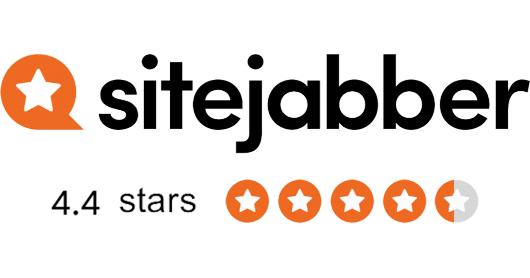Global Recognition Drives Us
Won High-Ratings
Achieve High-Rating & Good Recognition Responding to Our Timely Efforts



Achieve High-Rating & Good Recognition Responding to Our Timely Efforts



A Way to Turn Your Dreamy Venture Idea into Real-Profitable